When it comes to outdoor gear, it’s easy to get swept up by flashy ads and the promise of adventure. However, not all high-priced items live up to their cost or see much use. In this article, we’ll highlight some outdoor gear that tends to be overpriced and underused, helping you make smarter buying decisions for your next outdoor excursion.
High-End Multi-Tools
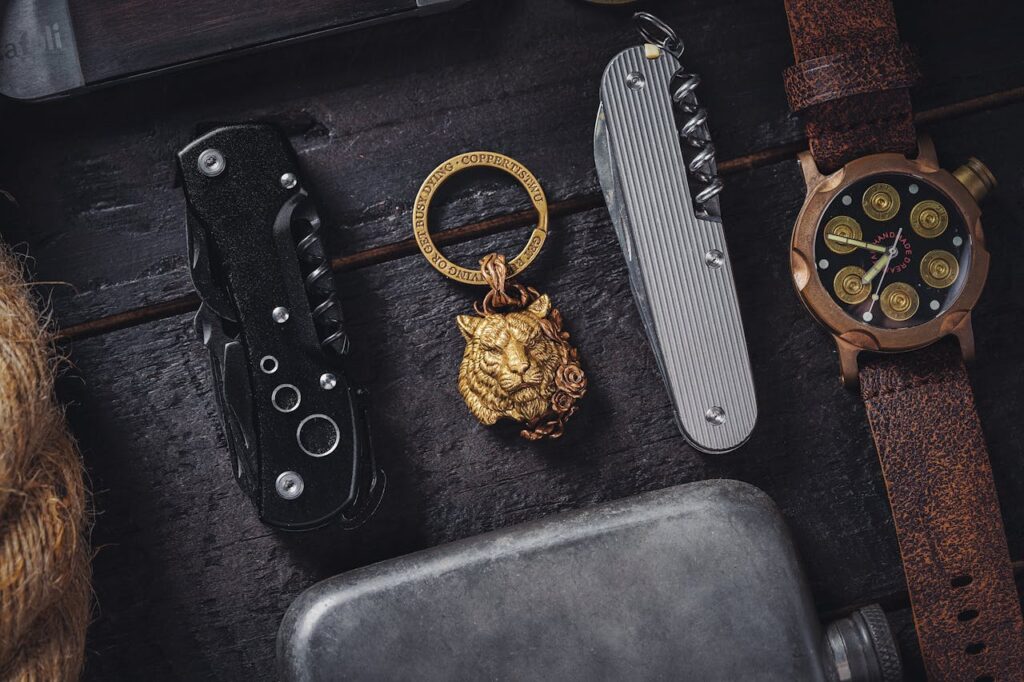
Many outdoor enthusiasts opt for high-end multi-tools, expecting a one-size-fits-all solution for wilderness tasks. However, with prices often ranging from $100 to $300, these tools are rarely used to their full potential. Most people only need a few basic functions like a knife or pliers, while the additional specialized features often go untouched. Budget multi-tools offer similar functionality for a fraction of the price.
Expensive GPS Units
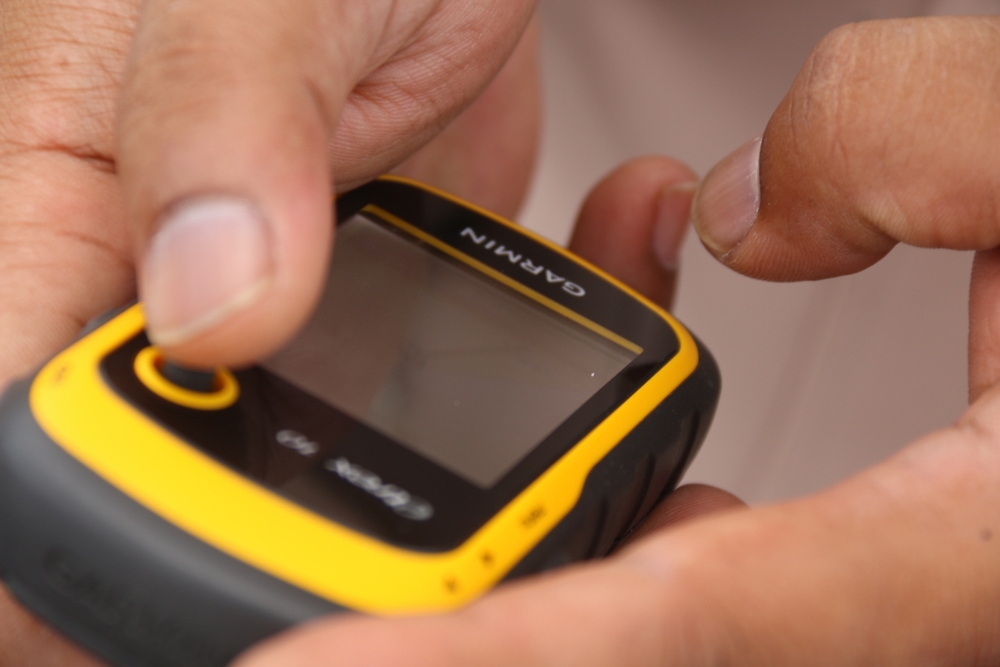
With smartphones offering excellent GPS capabilities, spending $300 to $600 on a dedicated GPS unit has become increasingly unnecessary. These devices are bulky and offer minimal advantages over smartphone apps, which come with regular updates and real-time connectivity. Unless you’re venturing far off-grid where cell service is nonexistent, this is an expensive piece of gear that often collects dust.
Premium Trekking Poles
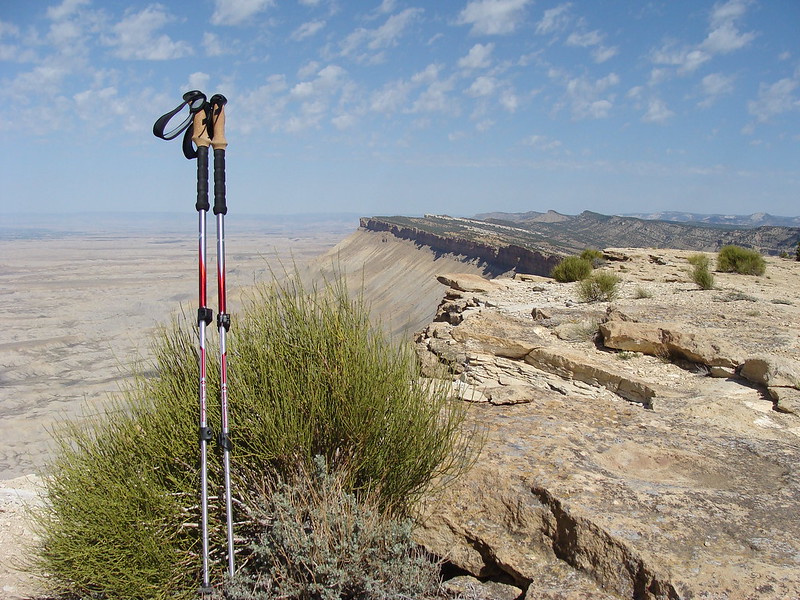
Trekking poles are undeniably useful for long hikes, but premium models costing $150 or more often offer marginal benefits over budget alternatives. Lightweight aluminum or carbon fiber poles may appeal to serious hikers, but for casual trekkers, a $30 pair works just as well. The additional features like shock absorbers or ergonomic grips don’t justify the hefty price tag.
High-End Down Sleeping Bags
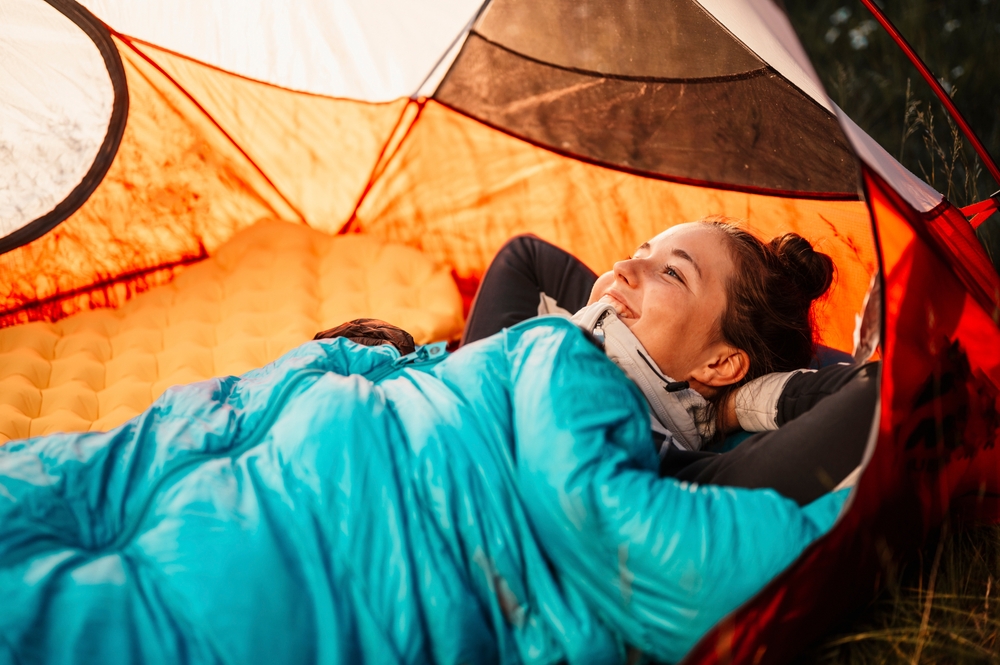
While down sleeping bags are known for their warmth and compressibility, models priced upwards of $500 can be overkill for most people. Unless you’re camping in extreme cold, a less expensive synthetic option at around $100 to $200 can offer similar performance without the risk of losing insulation if it gets wet.
Luxury Tents
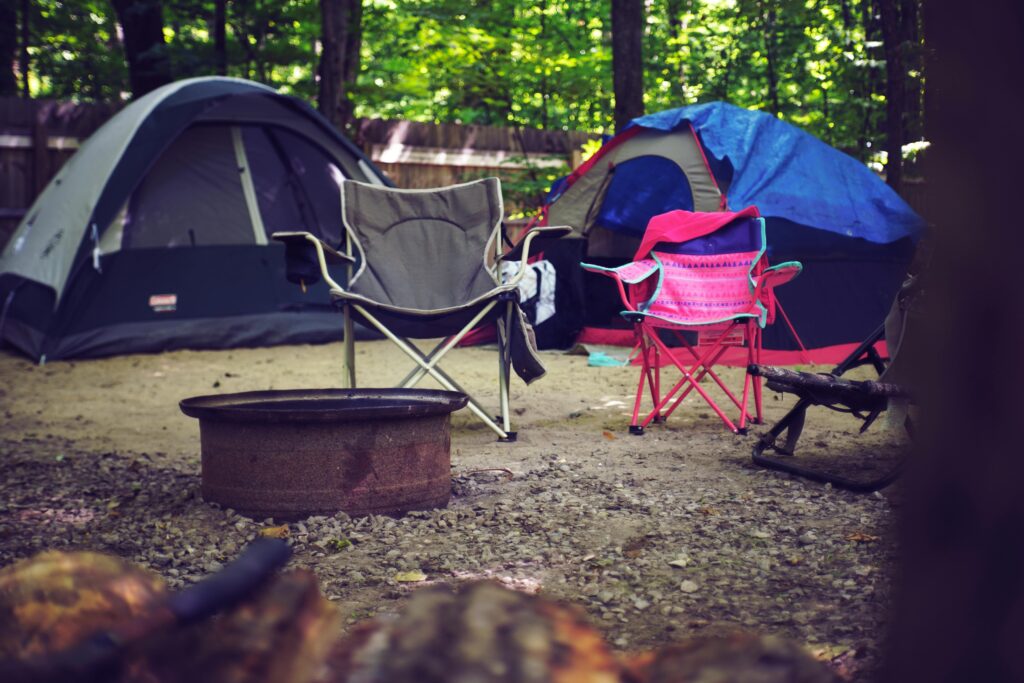
Tents priced between $500 and $1,000 promise features like extra space, superior ventilation, or ultra-lightweight materials. However, unless you’re through-hiking or embarking on extreme expeditions, most campers don’t need these premium additions. A solid $150 to $300 tent from a reputable brand will meet the needs of weekend campers and casual adventurers just fine.
Overpriced Solar Chargers
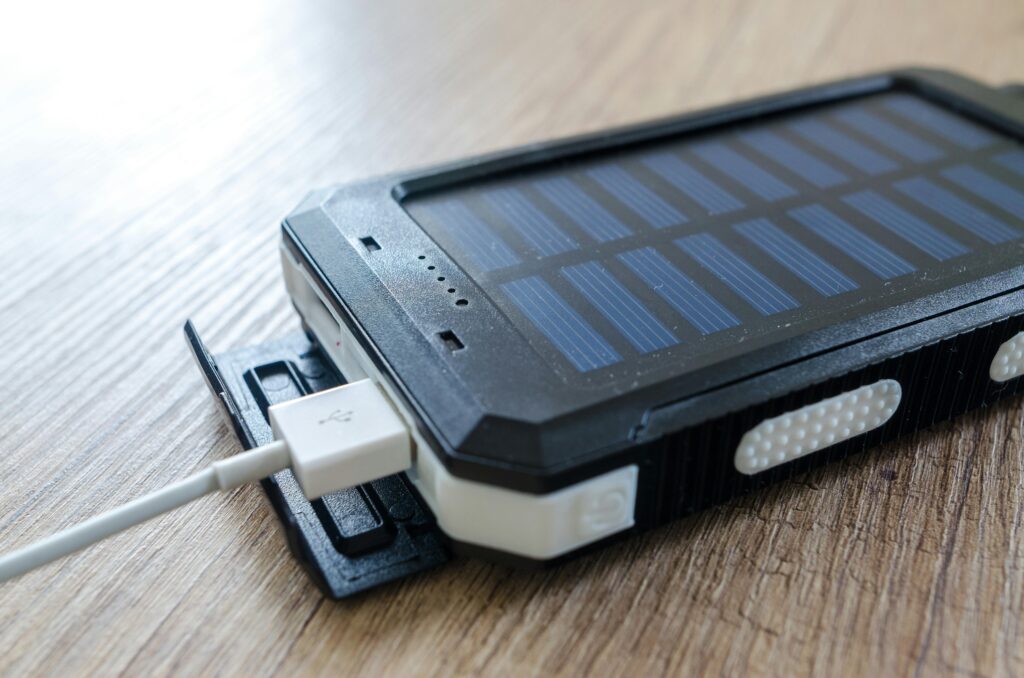
Portable solar chargers often seem like a must-have for off-grid adventures, but with prices ranging from $100 to $300, they are not always the best investment. Most solar chargers struggle to generate enough power quickly, making them impractical for anything beyond emergencies. Affordable power banks and backup batteries are often more reliable and user-friendly.
Technical Jackets
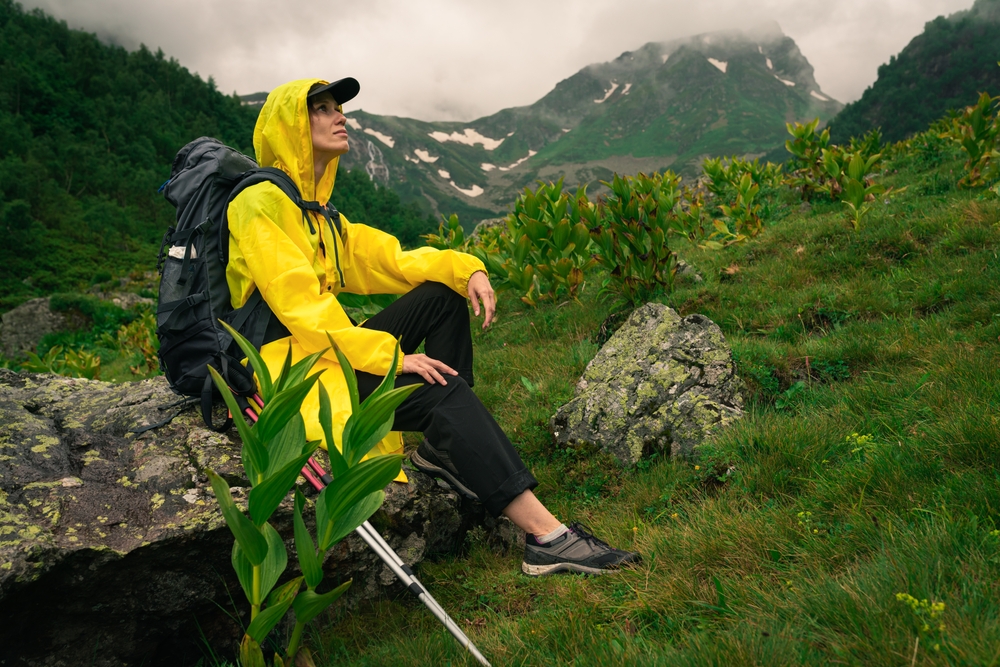
Technical jackets from premium brands can easily exceed $400, promising features like superior breathability, waterproofing, and insulation. However, for most outdoor enthusiasts, a solid $150 jacket offers sufficient protection. Unless you’re mountaineering or enduring harsh, prolonged weather conditions, the extra cost does not provide significantly better performance.
High-Tech Backpacks
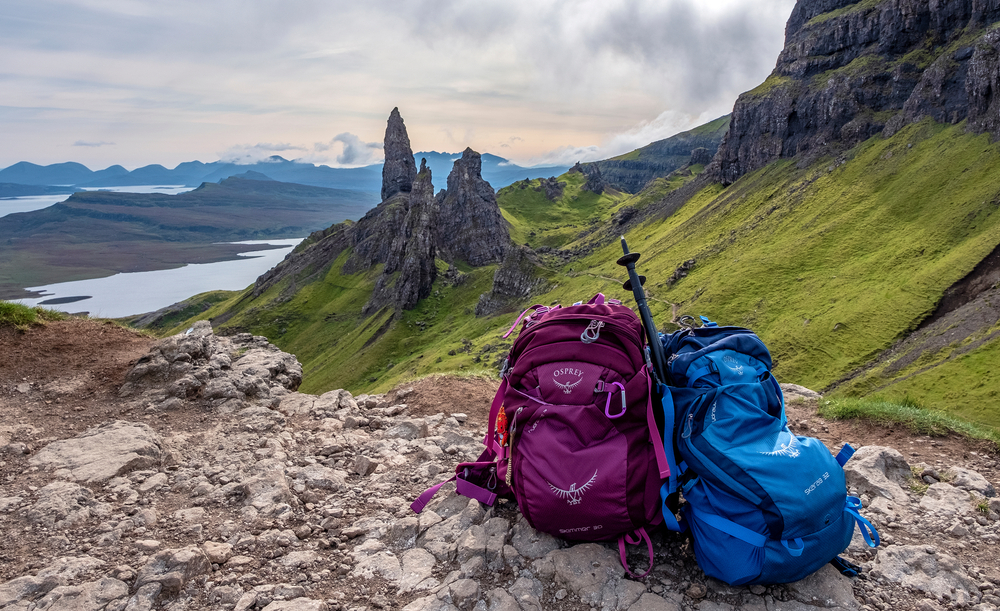
Backpacks with high-tech features like integrated hydration systems, GPS tracking, and solar panels can cost $300 or more. While these features sound convenient, they’re often over-engineered for casual outdoor use. A simpler, durable pack costing $100 to $150 will serve most hikers and campers just as well without the unnecessary bells and whistles.
Expensive Portable Grills
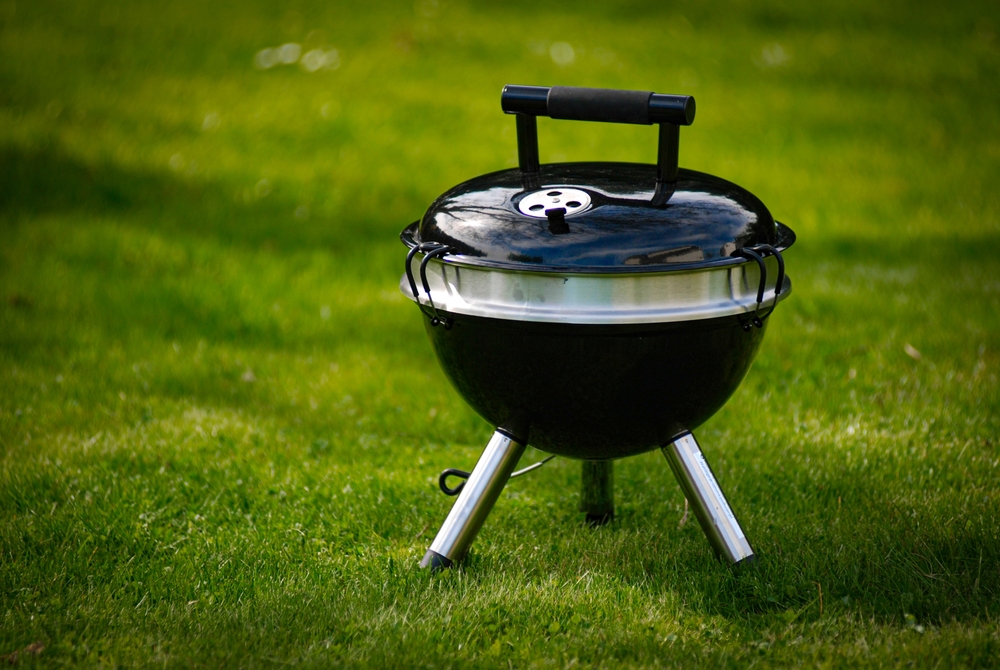
Portable grills designed for camping can cost $200 or more, but they often prove bulky and difficult to transport. Many outdoor adventurers find that simpler cooking setups, like lightweight stoves or even DIY campfire cooking methods, offer more practicality. For $30 to $50, you can get a portable stove that works just as well and takes up less space.
Top-Tier Binoculars
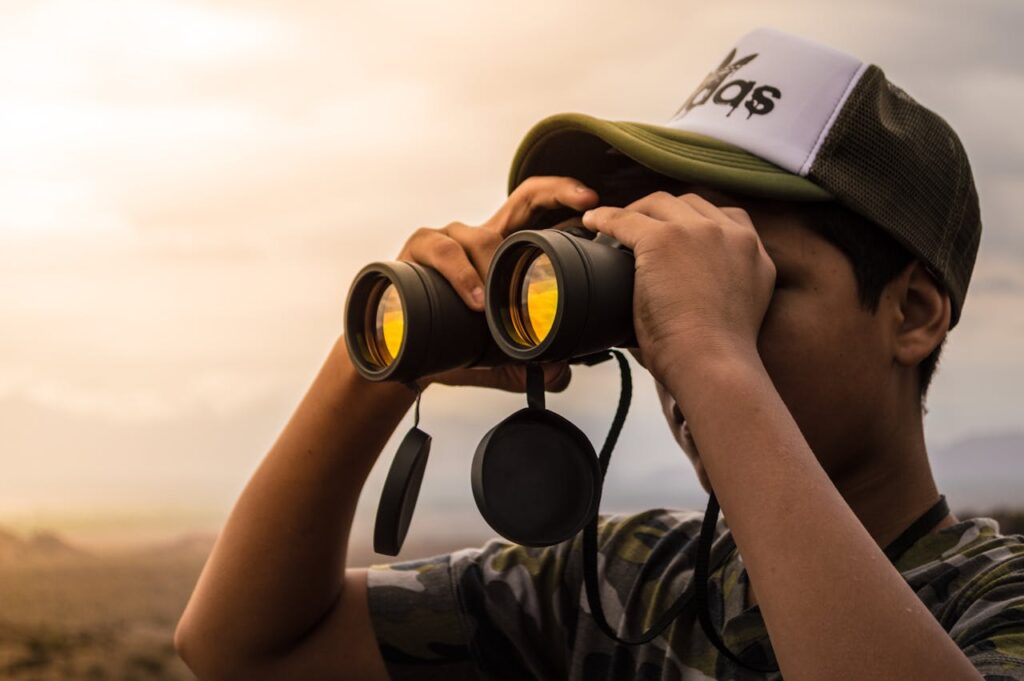
High-end binoculars can cost upwards of $1,000, with features like ultra-clear optics and image stabilization. While these may be necessary for serious wildlife enthusiasts or birdwatchers, the average hiker or camper won’t get much use out of them. A $100 to $200 pair provides sufficient clarity and durability for casual use.
Ultralight Cookware Sets
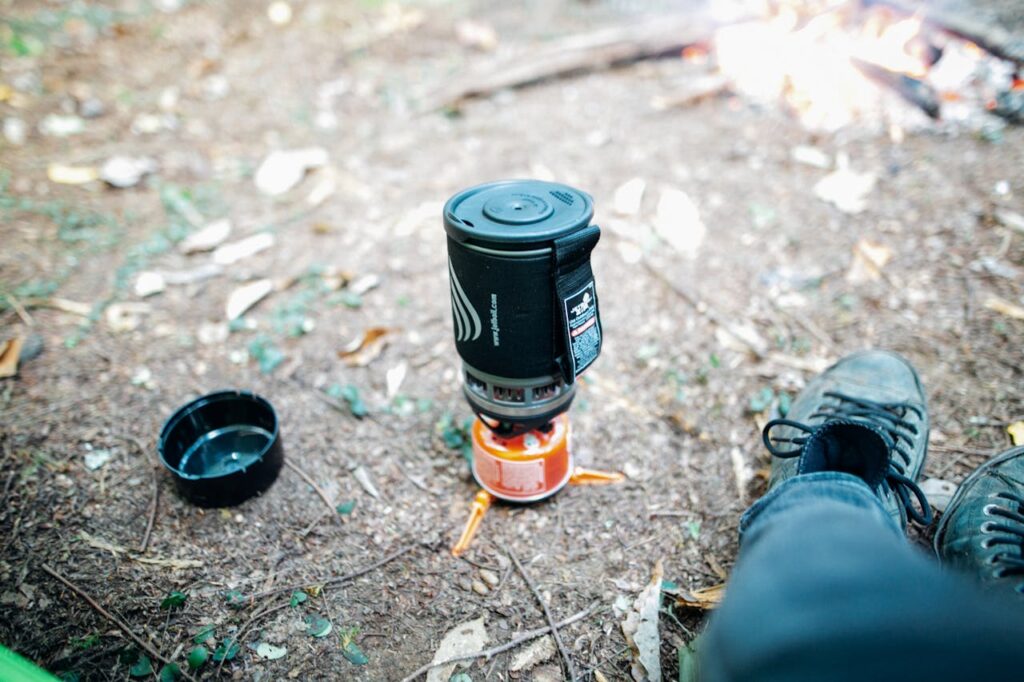
Many camping cookware sets emphasize ultralight designs, with prices reaching $200 or more. For most weekend campers, however, a basic set of pots and pans costing $30 to $50 is more than sufficient. The minimal weight savings of premium cookware rarely justify the extra cost for those not embarking on long treks.
High-End Action Cameras
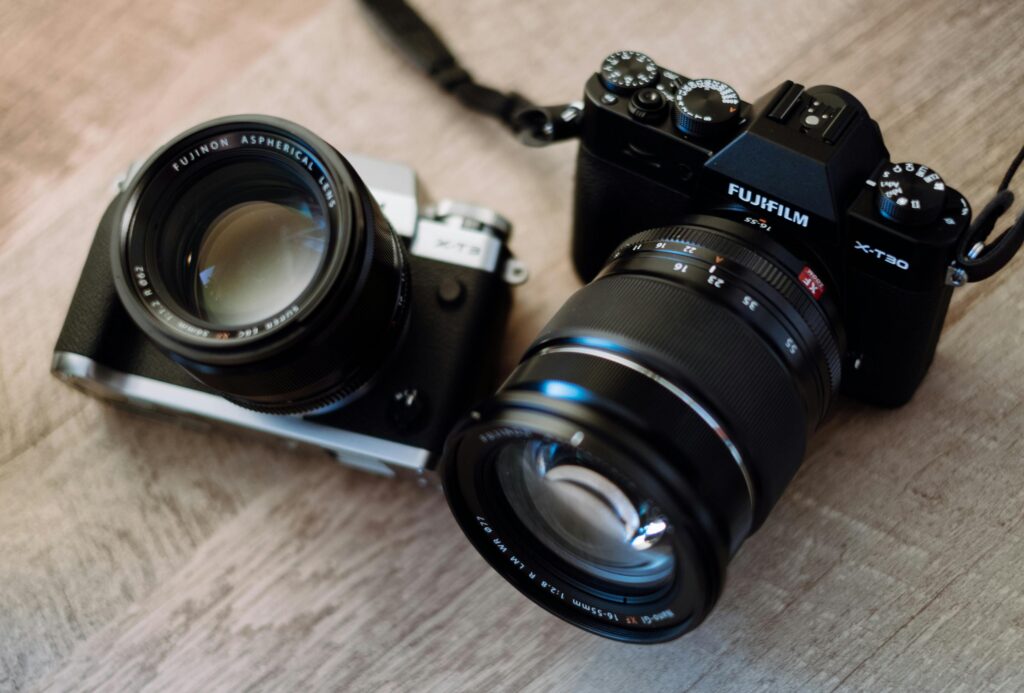
Action cameras like GoPros can easily cost $400 to $500, but most adventurers won’t use them enough to justify the price. Smartphone cameras now offer impressive video quality, and affordable action cameras at $100 to $150 perform well for casual users. Unless you’re an extreme sports enthusiast or content creator, the investment in a high-end model often goes underused.
Luxury Hammocks
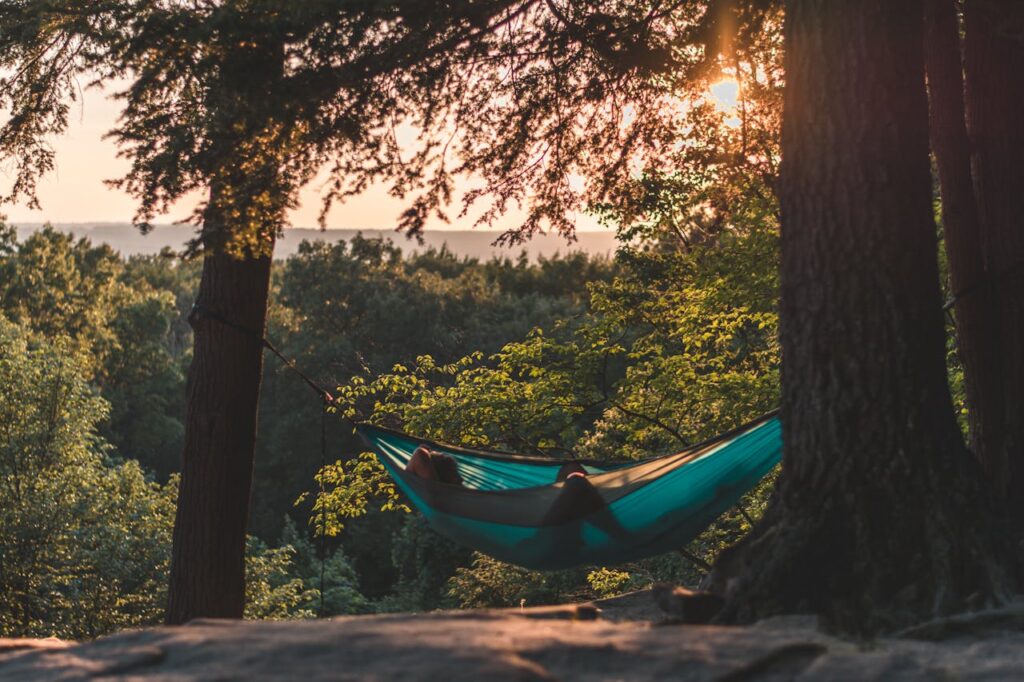
With luxury hammocks costing upwards of $150, many people are tempted by promises of comfort and durability. However, standard hammocks priced at $50 to $70 are often just as comfortable and reliable for casual outdoor lounging. The added features of high-end models, like mosquito netting or extra padding, are rarely worth the steep cost.
High-End Headlamps
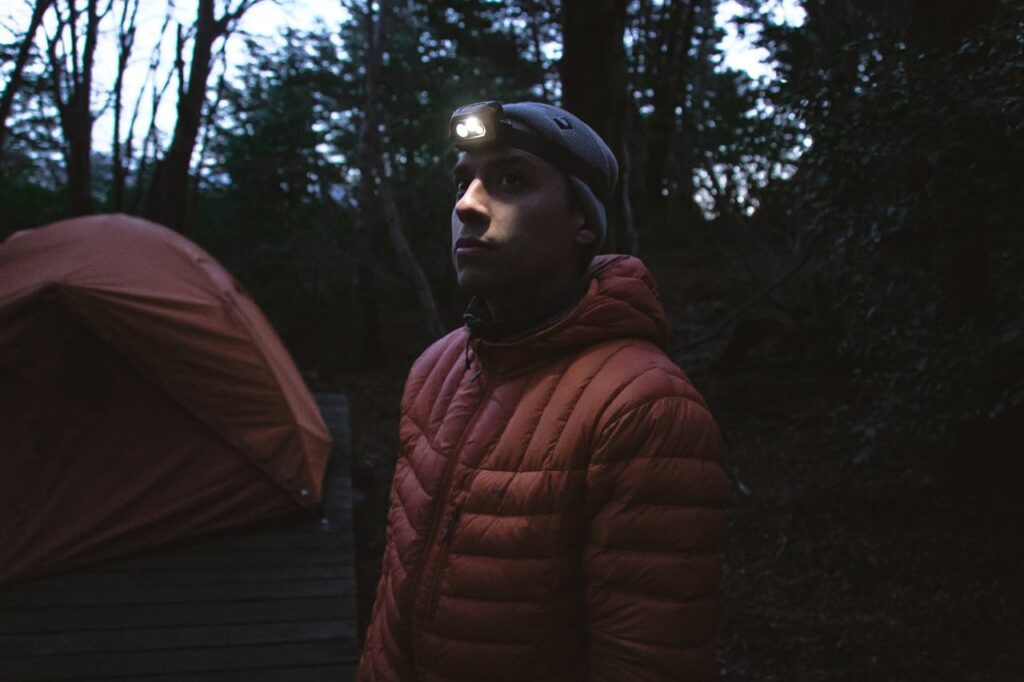
While premium headlamps can cost $100 or more, most casual users will find that a $30 to $40 headlamp provides more than enough brightness and battery life. Extra features like multiple light modes and rechargeable batteries sound appealing, but they often go unused, making the price difference hard to justify.
Ultralight Tents
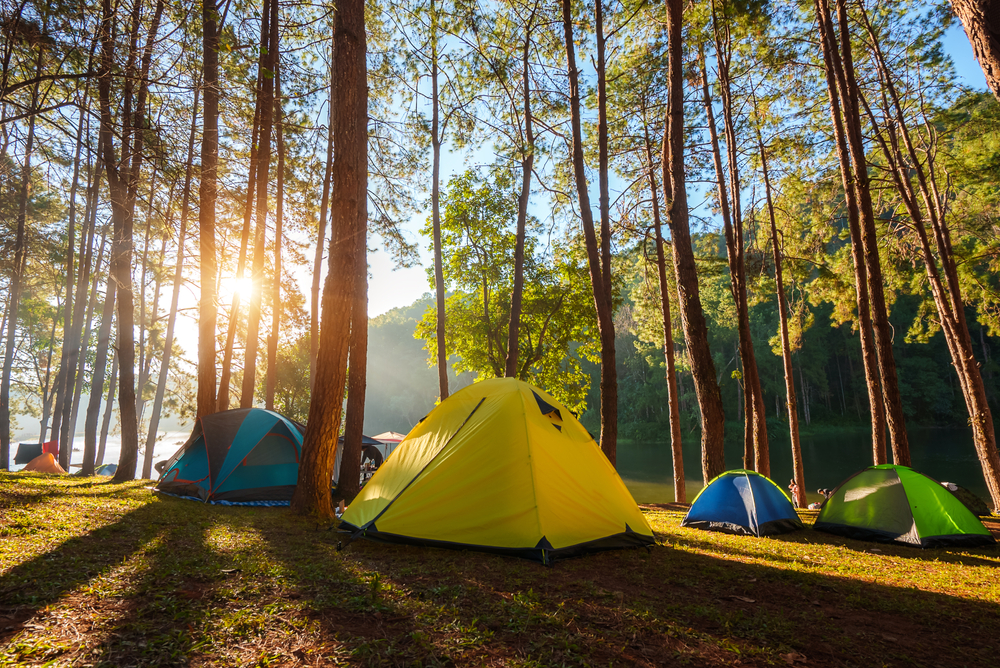
Some ultralight tents cost $500 or more, catering to backpackers who want to shave every ounce of weight. However, these tents often compromise on space and durability. Unless you’re an avid long-distance hiker, a moderately lightweight tent costing $150 to $250 is more than adequate for most camping trips.
Expensive Outdoor Watches
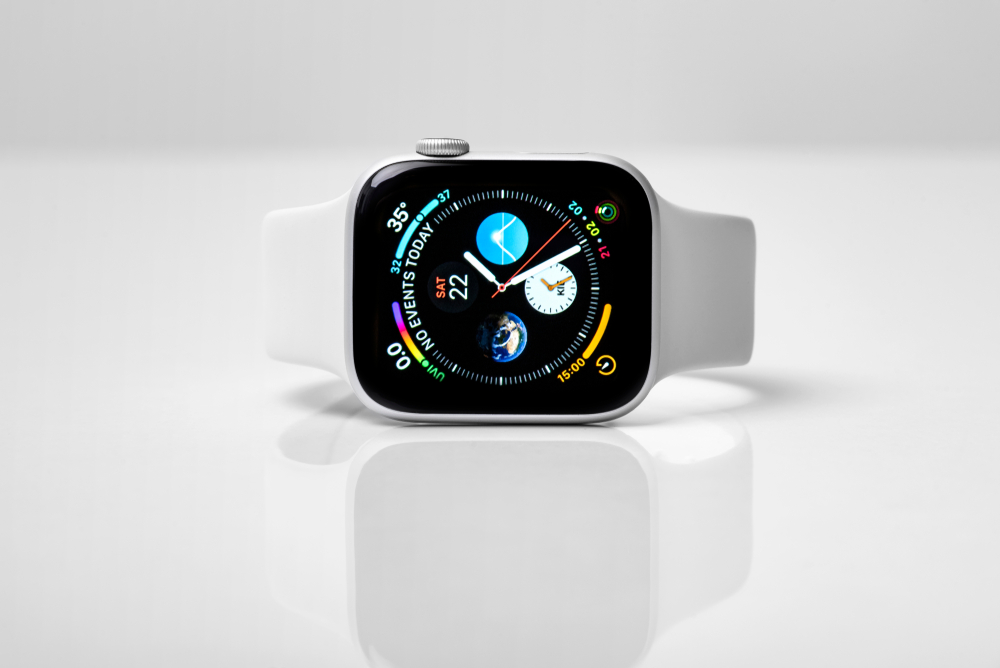
Outdoor-specific watches from brands like Garmin can cost upwards of $600, featuring GPS, altimeters, and weather tracking. For most outdoor activities, a standard fitness tracker or even a smartphone is sufficient for navigation and weather updates. The price of these watches is hard to justify for the average user who doesn’t need the advanced functions.
Specialized Climbing Shoes
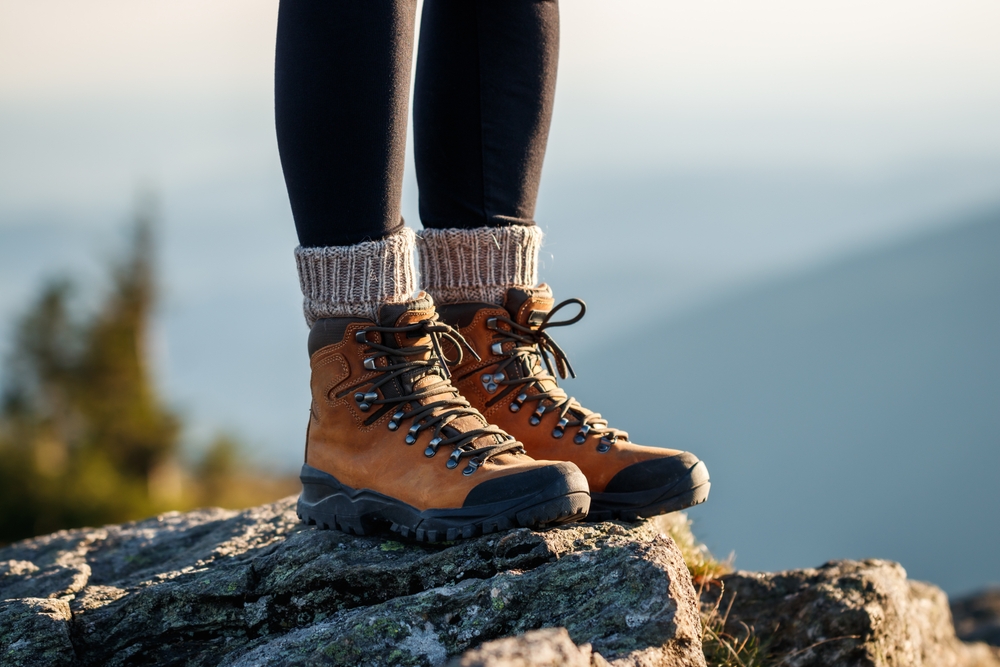
Climbing shoes can range from $100 to $200, but unless you’re an experienced climber tackling challenging routes, you won’t get the most out of the more expensive models. For beginners or casual climbers, budget shoes at $50 to $75 provide the necessary grip and comfort without the extra cost.
Overpriced Camp Furniture
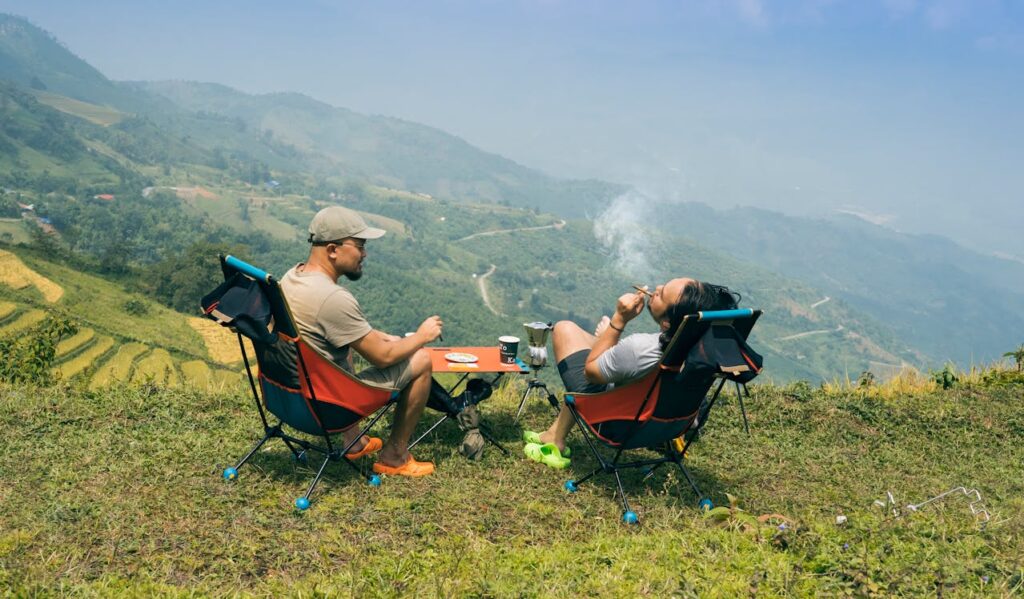
Camping chairs and tables can cost upwards of $100 to $200 for lightweight, compact designs. However, most casual campers can find comfortable, foldable chairs for under $50. The higher-end options often come with minimal added comfort or durability, making them an unnecessary splurge for short camping trips.
High-End Cycling Gear
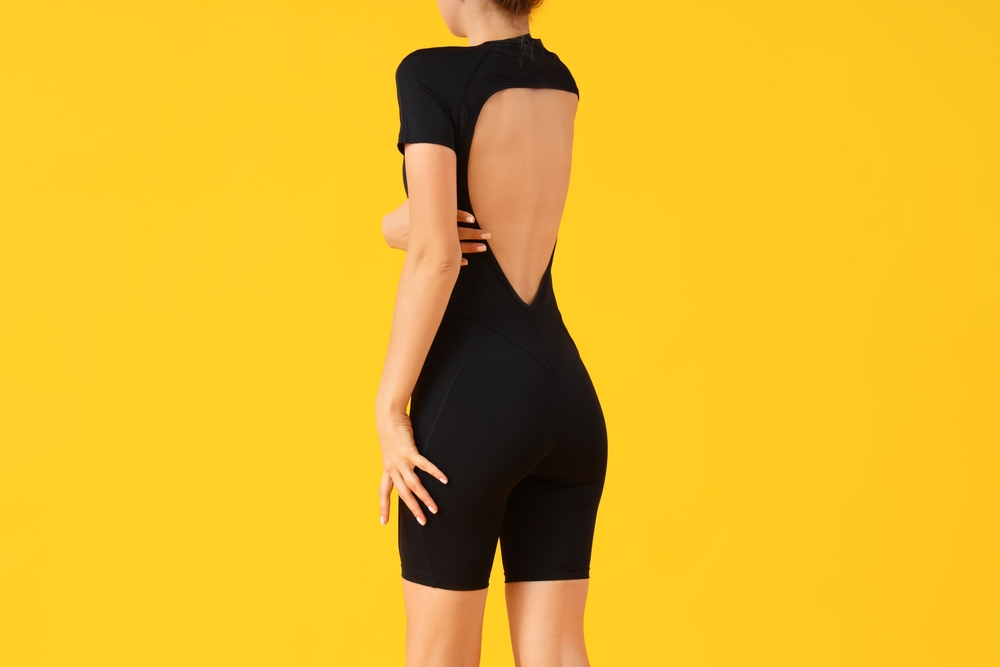
Cycling gear, especially branded apparel like jerseys and padded shorts, can cost over $200 per piece. While professional cyclists benefit from the high-performance features, casual cyclists can find perfectly functional gear for a fraction of the cost. Budget brands often offer comparable comfort and durability for under $50.
Advanced Fitness Trackers
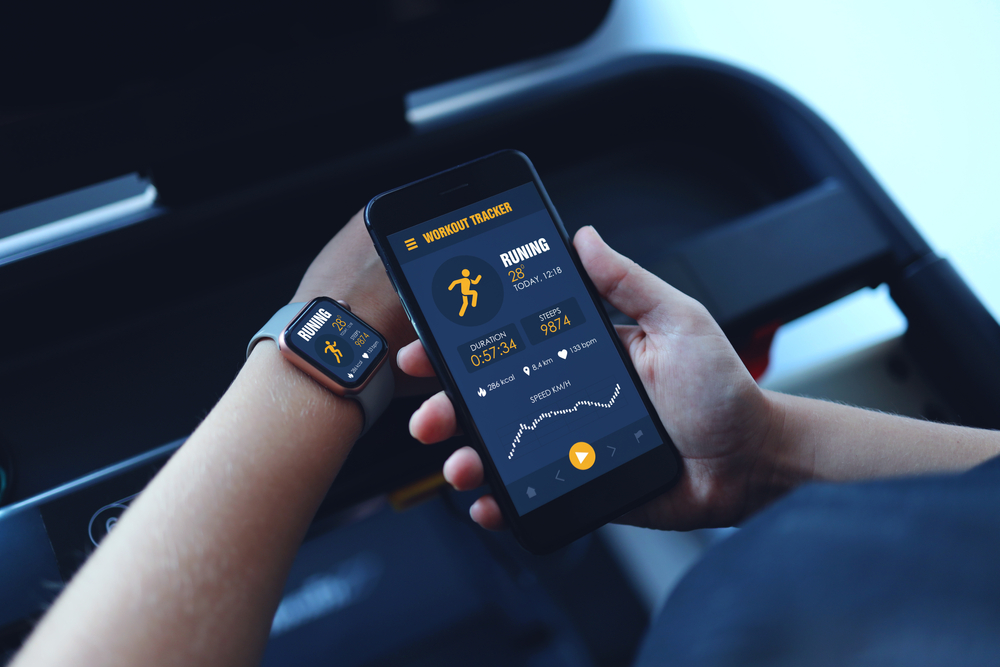
Fitness trackers designed for outdoor enthusiasts can cost upwards of $300, offering features like GPS, heart rate monitoring, and barometers. However, many people don’t fully utilize these capabilities. Basic fitness trackers priced between $50 and $100 provide the same health metrics for most users without the premium cost.
Expensive Water Filters
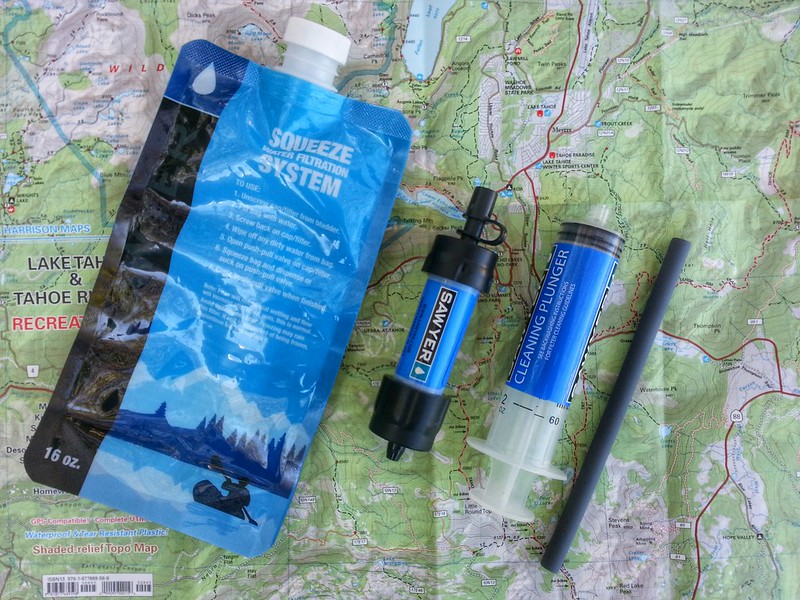
High-end portable water filters costing $100 or more promise advanced filtration methods, but for most outdoor adventures, a basic filter or purification tablets costing under $30 are just as effective. The additional cost of these premium filters doesn’t usually translate to significant advantages for the average hiker or camper.
Luxury Sleeping Pads
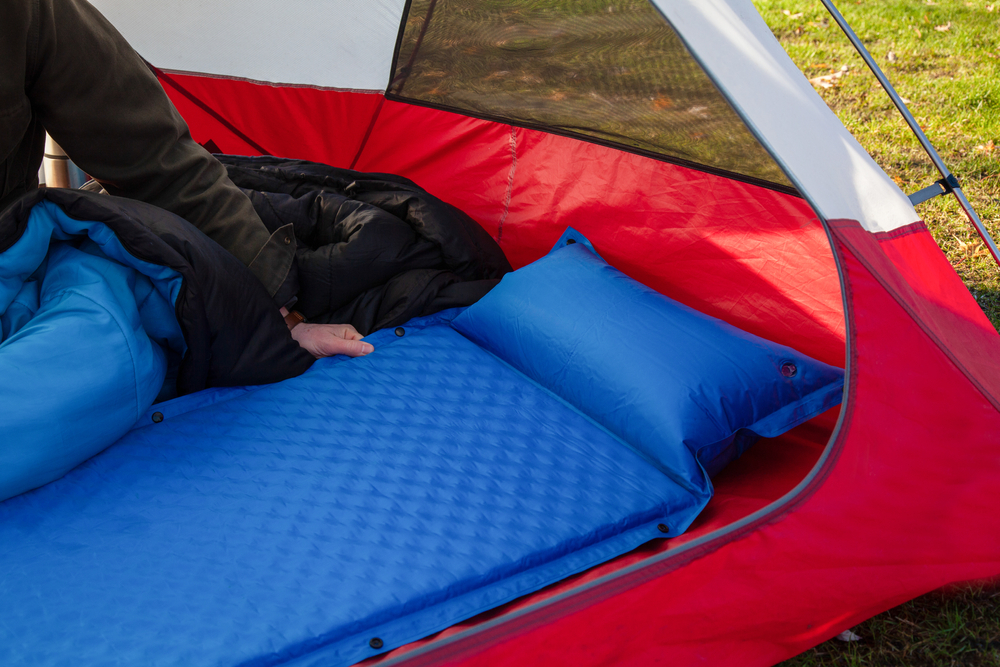
Luxury sleeping pads can cost over $200, offering features like increased thickness and advanced insulation. However, a mid-range sleeping pad priced at $50 to $100 often provides sufficient comfort and warmth for most camping trips. Unless you’re camping in extreme conditions, the extra cost doesn’t equate to a drastically better sleep experience.
This article originally appeared on UnifyCosmos.
More from UnifyCosmos
22 Tips to Travel on a Tight Budget

In this guide, we’ll share practical tips and strategies to help you make the most of your travel funds. From finding affordable accommodation to discovering free activities, you’ll learn how to stretch your budget while still enjoying a memorable trip. Read more!
21 Mistakes to Avoid When Learning a New Hobby
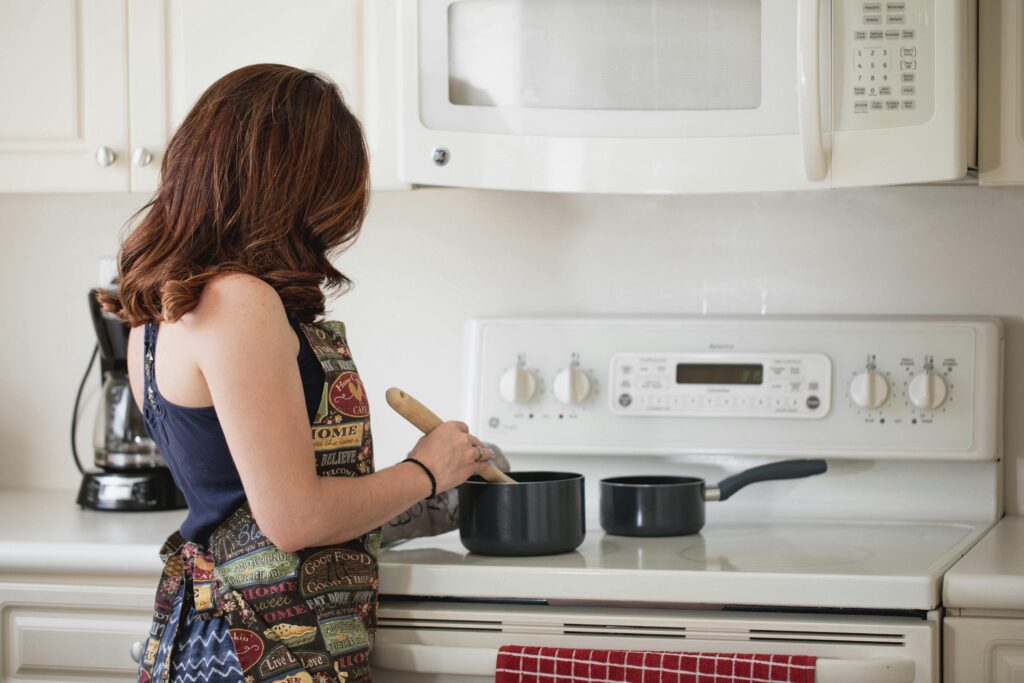
In this article, weâll explore some of the most common mistakes people make when starting a new hobby and how you can steer clear of them for a more fulfilling experience. Read more!
20 Uncommon Tips for Improving Mental Health
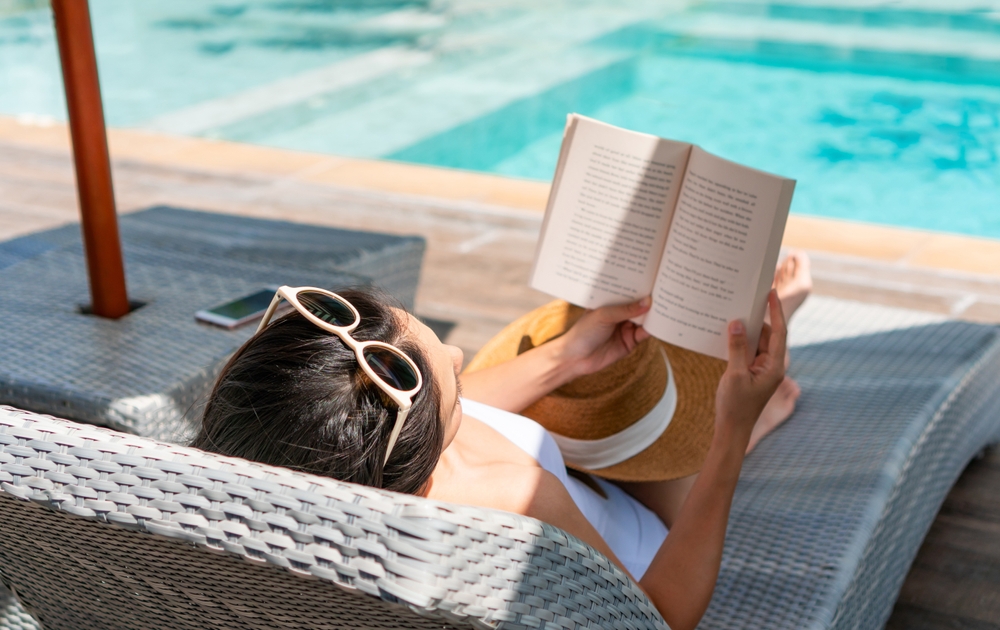
These uncommon tips offer fresh perspectives and practical steps to help boost your mental well-being. Whether you’re looking to enhance your daily routine or seek innovative approaches, these tips can provide valuable insights for a healthier mind. Read more!
Leave a Reply